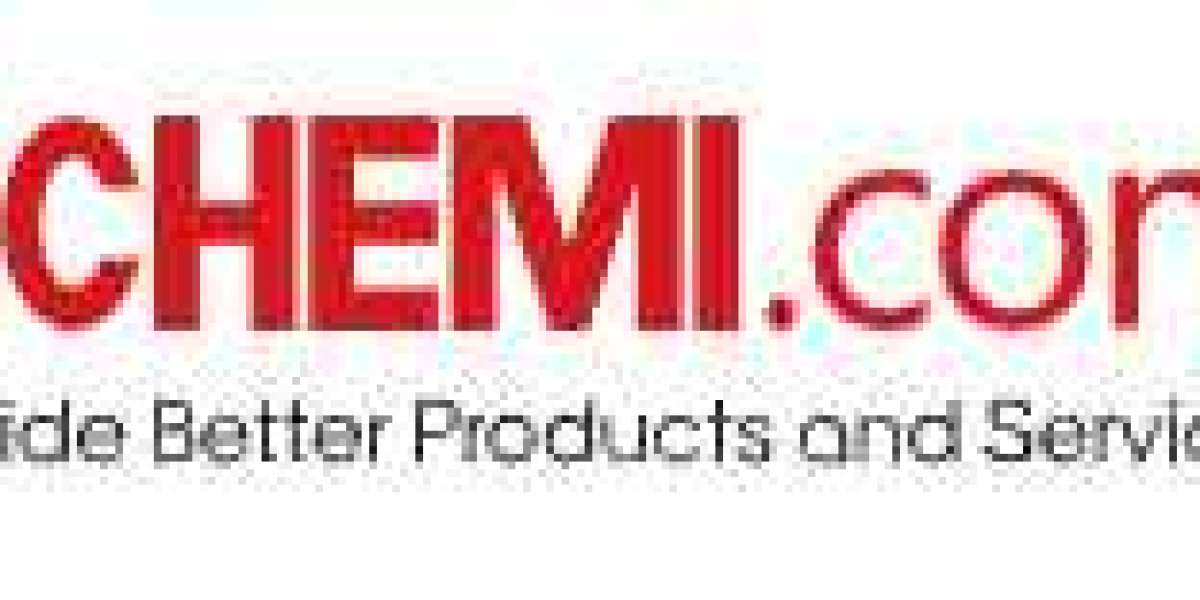Chemical safety audits and inspections play a crucial role in ensuring the well-being of individuals, the environment, and the overall integrity of chemical processes. These comprehensive assessments are conducted to identify potential hazards, evaluate compliance with safety regulations, and implement necessary corrective measures. This introduction will provide an overview of the importance and key aspects of chemical safety audits and inspections.
First and foremost, chemical safety audits and inspections are essential to protect human health and prevent accidents in workplaces where chemicals are stored, handled, or processed. By assessing the adequacy of safety protocols, equipment maintenance, and employee training, these audits help identify potential risks and implement measures to mitigate them. Through regular inspections, organizations can proactively address safety deficiencies, ensuring a safer working environment for employees and minimizing the likelihood of chemical-related incidents.
Furthermore, chemical safety audits and inspections are crucial for ensuring compliance with regulatory requirements. Regulatory bodies establish guidelines and standards to govern the safe handling, storage, and disposal of chemicals. Through audits and inspections, organizations can assess their adherence to these regulations and identify any areas of non-compliance. By addressing these issues promptly, companies can avoid regulatory penalties, reputational damage, and potential legal liabilities.
During a chemical safety audit or inspection, several key aspects are typically evaluated. These include but are not limited to:
Hazard identification and risk assessment: Auditors assess the identification and evaluation of chemical hazards, including potential exposure risks and the presence of hazardous substances. They also examine risk assessment procedures to determine if they are comprehensive and up to date.
Safety management systems: The effectiveness of safety management systems, including policies, procedures, and protocols, is evaluated. This includes examining the availability and adequacy of safety documentation, emergency response plans, and training programs.
Control measures: Auditors assess the implementation and effectiveness of control measures such as engineering controls, personal protective equipment, and ventilation systems. They ensure that these measures are in line with industry best practices and applicable regulations.
Chemical handling and storage: Proper storage, labeling, and handling of chemicals are evaluated to prevent spills, leaks, or other incidents. This includes assessing the availability and suitability of storage facilities, containment measures, and segregation of incompatible substances.
Training and awareness: The competence and awareness of employees regarding chemical hazards and safety procedures are assessed. Auditors review training records, safety communication programs, and the availability of relevant safety information.
In conclusion, chemical safety audits and inspections are vital for maintaining a safe working environment, ensuring regulatory compliance, and preventing chemical-related incidents. By identifying potential hazards, evaluating safety protocols, and implementing corrective measures, organizations can protect human health, minimize environmental impact, and promote overall chemical safety. These audits and inspections are comprehensive assessments that encompass various aspects of chemical handling, storage, and management, with the ultimate goal of mitigating risks and promoting a culture of safety.







